|
Tourists stroll in the ancient town of To Ke. (Photo: An Binh) |
The three ancient towns in Sichuan not only attract tourists because of their quiet beauty but also because of their unique culinary flavors and simple lifestyle, imbued with the identity of Southwest China.
Traditional culinary paradise
From the center of Lac Son city, it only takes about 30 minutes by bus or taxi to reach the ancient town of To Ke with its thousand-year-old historical value.
Lying beside a gentle small river, To Ke stands out with its ancient stone-paved roads winding around rows of ancient houses with bold Chinese colors.
Built during the Sui Dynasty and flourishing during the Ming and Qing Dynasties, this ancient town preserves unique architectural works, notably the Nho Gia Bridge - a symbolic work built during the Qing Dynasty with exquisite stone carvings, demonstrating the prosperity of the ancient dynasty.
|
Traditional restaurant in To Ke. (Photo: An Binh) |
Suji has emerged as an attractive destination thanks to both preserving traditional architecture and becoming a culinary paradise with more than one hundred traditional dishes restored and passed down through many generations, reflecting the diversity and sophistication of Sichuan cuisine.
In particular, the national intangible cultural heritage “tiptoe beef” has become a typical culinary brand of the region. According to local people, cows in To Ke are raised on the mountainside, eating natural grass, so the meat is firm, sweet and has a unique flavor. They have created more than 20 dishes made from beef from grilled beef, stewed beef, stir-fried beef with satay to Sichuan spicy beef hotpot...
To Ke currently has about 70 restaurants related to the dish “beef on tiptoes” and an intangible cultural heritage museum to introduce the skills of producing this unique culinary heritage. Visitors coming here not only taste the spicy, rich taste but also feel how the people turn cuisine into a part of cultural identity – where each dish is a story to tell about this land.
|
The famous dish “beef on tiptoes” in the ancient town of Suji. (Photo: An Binh) |
Besides beef specialties, dishes such as brain tofu, popped rice candy or sugar candy also contribute to creating the unique culinary mark of this place.
In addition, cultural activities such as dragon boat racing, drama performances, lantern festivals... immerse visitors in the rich Sichuan culture.
In recent years, the Suji government has invested heavily in infrastructure renovation and night tour projects. In 2025, the historical relic protection project was launched to promote the deep integration of culture, tourism and technological empowerment.
The harbor preserves the local soul
Located on the south bank of the Yangtze River in Yibin City, the ancient town of Lizhuang was built during the Southern Dynasties (Liang Dynasty) with a history of more than 1,400 years, possessing more than 50 cultural relics. Since the war against Japan, Tongji University and many other academies have moved to Lizhuang, turning it into a center of academics, preserving and developing knowledge, a "flagship" of Chinese culture during wartime.
|
Sparkling night scene in Ly Trang ancient town. (Photo: An Binh) |
Ly Trang architecture combines typical Southern Sichuan folk style, demonstrating exquisite craftsmanship such as Toan La palace with its nail-free and belt-free wooden structure, Khue Tinh attic with its graceful curved roof, demonstrating ancient Chinese architectural wisdom...
Praised by domestic tourists as a “warm harbor where Chinese culture was preserved during the Japanese resistance period”, Ly Trang has two main attractions: the old town and Nguyet Cung.
If the old quarter is filled with cultural relics and historical sites, Nguyet Cung with its spectacular scenery, green trees, and flowers spread throughout the campus creates a poetic scene that takes visitors to a fairy tale world .
Not only famous for its ancient architecture, people here often mention the phrase "Three white dishes, two yellow dishes", meaning three white dishes (white bread, white meat and white wine), two yellow dishes (usually chicken or fish dishes fried crispy in hot oil) symbolize the culinary quintessence of Sichuan people and reflect the philosophy of balancing yin and yang "spicy-fatty-fresh-light" in traditional Chinese cuisine.
Coming to Ly Trang, visitors must try the white cake in the shops. The cake is made by mixing fine flour, adding sugar and water, stirring continuously, pressing it into a mold, then going through many fermentation and steaming steps. The first bite will immediately feel the softness, smoothness and elasticity of the cake, gradually melting in the mouth, imbued with the aroma of sesame and peanuts.
|
Ly Trang white meat is sliced as thin as paper, so diners can roll it up and eat it with special dipping sauce. |
Ly Trang white wine is made mainly from local ingredients, using traditional techniques and many production processes to create a clear wine with pure aroma and sweet taste. This wine can be drunk directly or mixed with other medicinal wines.
The most impressive dish is still the white meat - boiled pork sliced as thin as paper, for diners to roll up and eat with a special dipping sauce. The dish seems simple but requires high technique, the meat slices must be thin enough to be transparent without falling apart, soft enough to melt on the tip of the tongue...
Living museum of "little Chengdu"
In Thanh Bach Giang district, Chengdu city, there is a special ancient town called Thanh Tuong with a history of more than 1,600 years. Built during the Southern and Northern Dynasties and used to be the headquarters of Kim Duong district for more than 800 years, this place is known as "little Thanh Do".
Unlike many commercialized ancient towns, Thanh Tuong still retains its original rhythm of life and historical source, and has long been considered a living cultural museum. The ancient town's structure is preserved almost intact, possessing a "turtle shell" topographic landscape. This place preserves a rich heritage, including the Western Street built during the Southern Dynasty, Giac Hoang Palace during the Ming Dynasty, Van Mieu and Vo Mieu during the Qing Dynasty, and clan temples during the Republic of China period...
|
Slow pace of life in Thanh Tuong ancient town. (Photo: An Binh) |
During the war against Japan, the ancient town had four elementary schools, one middle school, two high schools and one college.
There is no noise of commercial services here. Visitors can leisurely stroll on the blue stone paved roads, feel the silence as if time has stopped and observe the daily, rustic life of the local people. Sipping tea, meditating or contemplating in historical relics is still the pleasure of many people when coming to Thanh Tuong ancient town.
* * *
Exploring Suji, Lizhuang and Chengxiang is not just a trip for the writer, but a journey to find the origin of Sichuan culture. Between the stone walls and city gates, the spicy taste of tiptoe beef or thin slices of white meat is like a blend of history and present life.
According to the Sichuan International Media Center, the provincial government pays special attention to preserving and promoting the value of ancient towns by keeping traditional materials intact, combined with developing community cultural tourism.
It can be clearly felt that cherishing and preserving heritage is China's way of affirming its identity and sending a message to future generations about national cultural values.
Source: https://baoquocte.vn/kham-pha-nhung-tran-co-vung-tay-nam-trung-hoa-330482.html


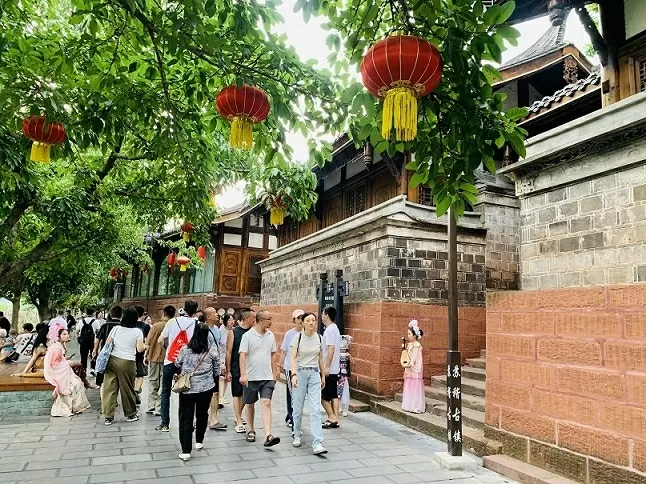
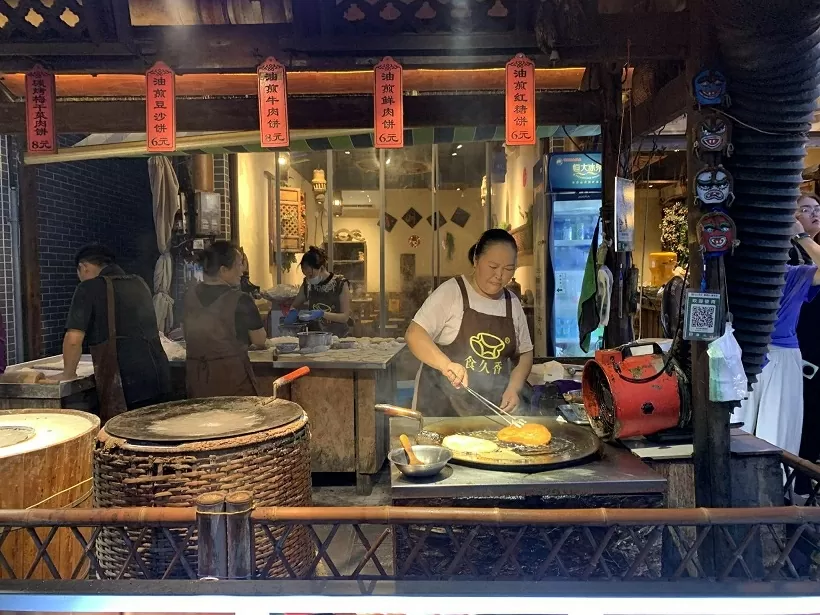
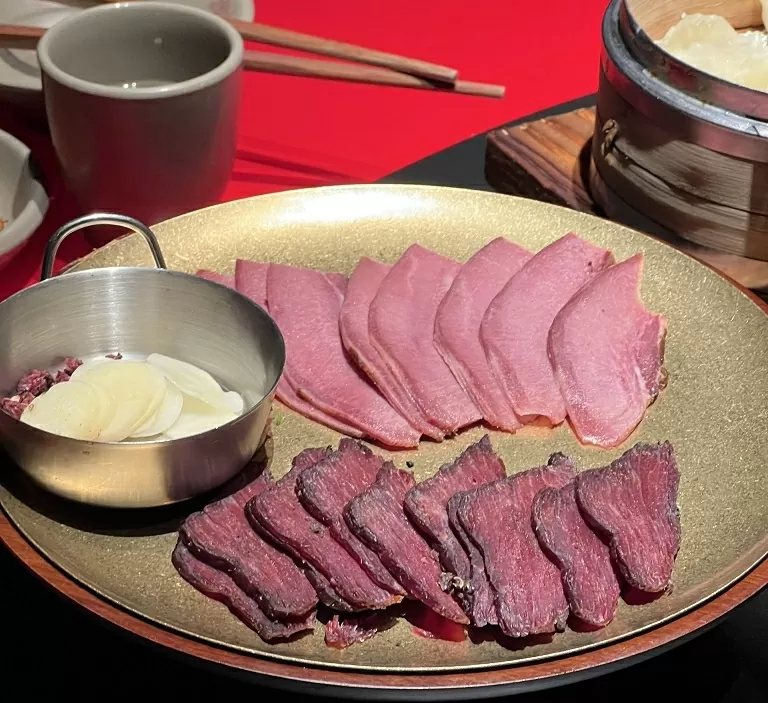
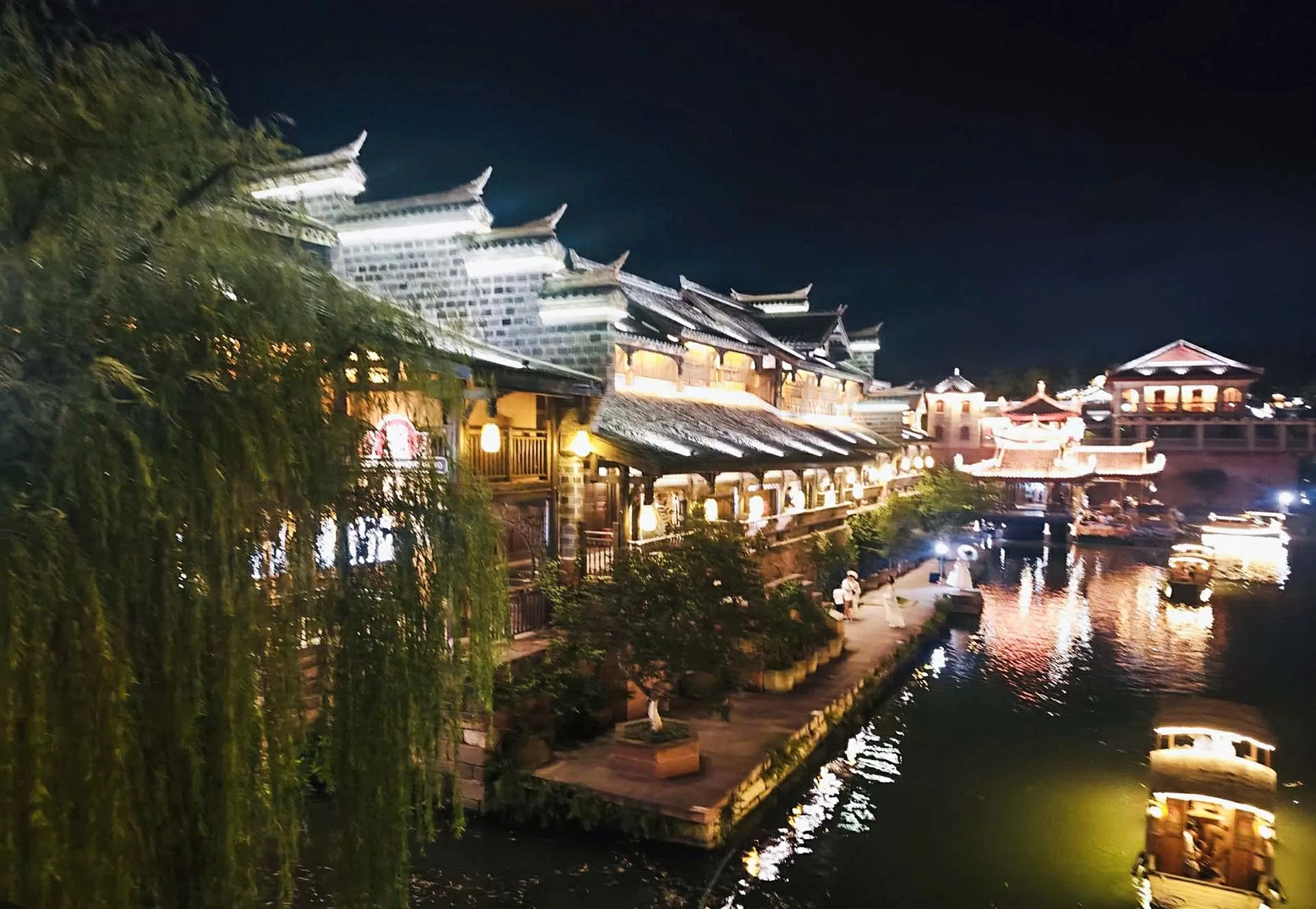
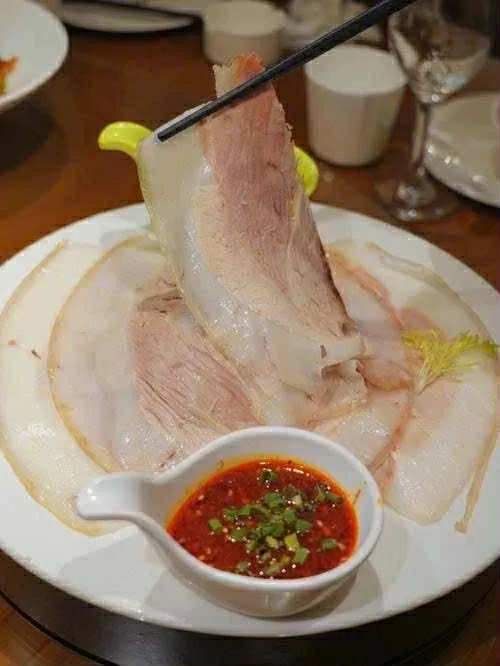
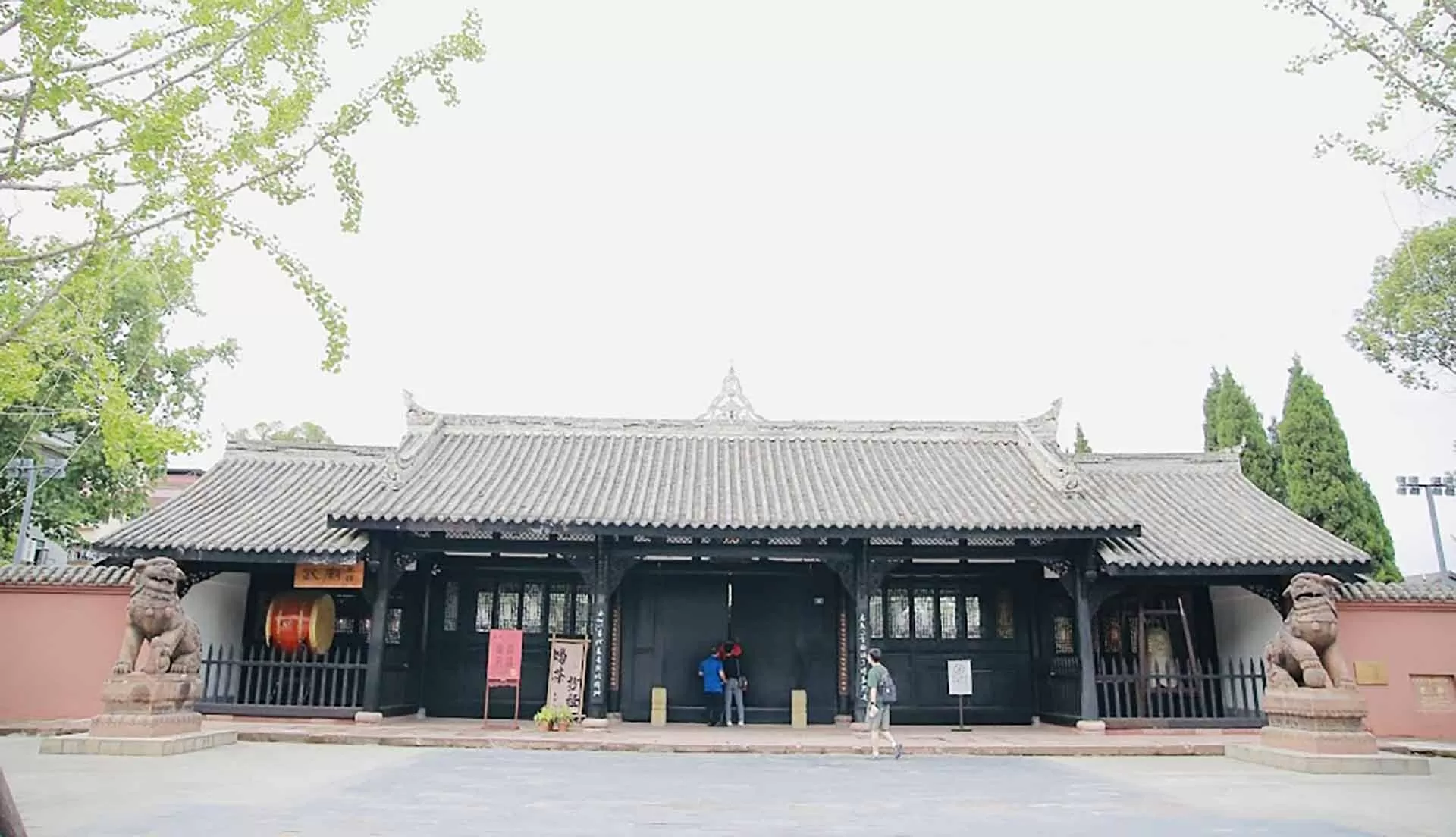
![[Photo] Lam Dong: Images of damage after a suspected lake burst in Tuy Phong](https://vphoto.vietnam.vn/thumb/1200x675/vietnam/resource/IMAGE/2025/11/02/1762078736805_8e7f5424f473782d2162-5118-jpg.webp)

![[Photo] President Luong Cuong receives US Secretary of War Pete Hegseth](https://vphoto.vietnam.vn/thumb/1200x675/vietnam/resource/IMAGE/2025/11/02/1762089839868_ndo_br_1-jpg.webp)









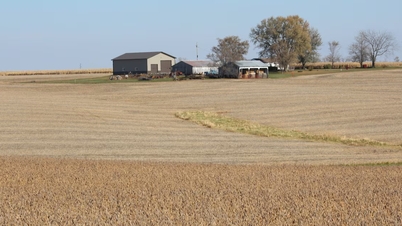










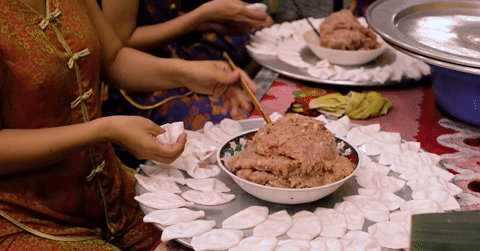


















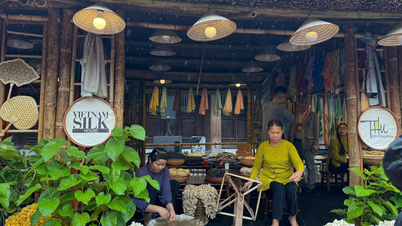


























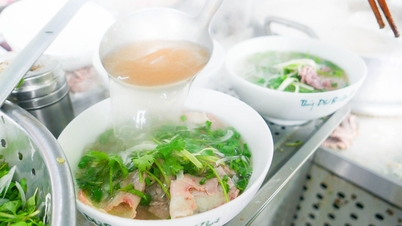






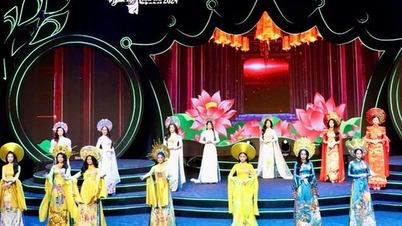










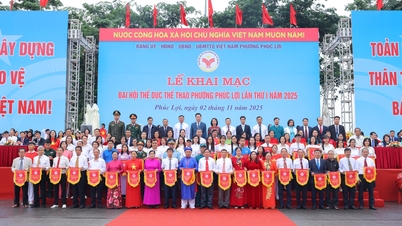
















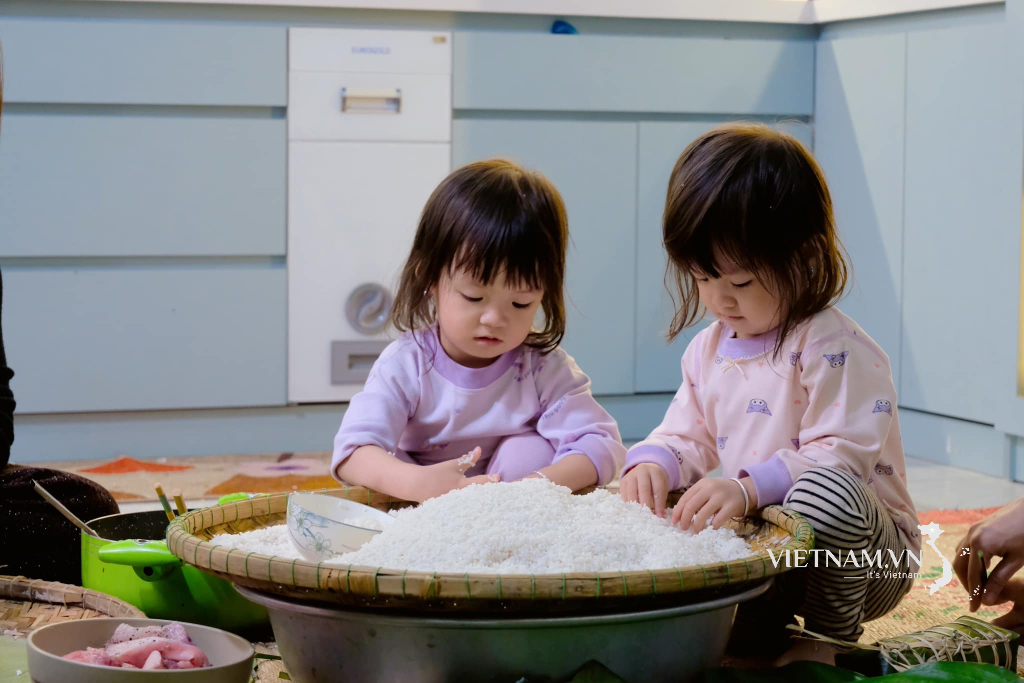

Comment (0)